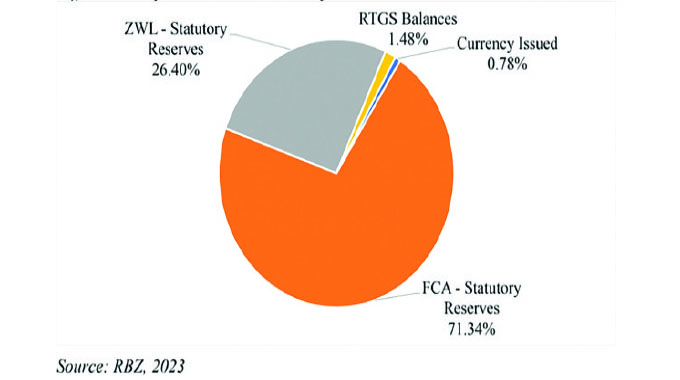IPEC to descend on delinquent insurers

Business Reporter
THE Insurance and Pensions Commission has threatened to take punitive action against life insurance companies that have not complied with the industry regulator’s prescribed minimum investment thresholds in certain asset classes. This comes as IPEC, in its second quarter report for 2017, said four life companies, including Econet Life and Zimnat Life, were yet to comply with prescribed asset ratio of 7,5 percent. The regulator also said two re-insurance companies namely Grand Re and Zep Re, were not fully compliant.
“For the current reporting period, eight players are fully compliant with the prescribed minimum prescribed (asset) ratio of 7,5 percent with the exception of Econet Life, Evolution Health and Life, Heritage Life, and Zimnat Life. The Commission will not hesitate to take regulatory action against non-compliant players,” IPEC said. Government can prescribe investments in permitted and disallowed assets, maximum and minimum allocation to assets (fixed and liquid) and the quality or type of asset insurers and investment funds to encourage investment in preferred areas.
Between 2010 and 2016, IPEC approved prescribed asset applications worth about $800 million covering various sectors of the economy ranging from housing, energy, food security and other infrastructure development projects. The regulator said insurers must be compliant with the prescribed asset and all regulatory requirements, adding they should also invest prudently in the wake of risks confronting the market, such as liquidity, underwriting and markets risks. The industry’s prescribed asset ratio stood at 14,65 percent.
IPEC said the life industry’s total assets as at June 30, 2017 were $1,87 billion compared to $1,45 billion for the same period in 2016. This represented a growth to 29 percent in the industry’s combined asset base, which was driven by the current rally on fixed property and equities prices. Equities and properties constituted 63 percent of the life industry’s total assets, despite a decrease by 9 percent in the value of properties from $545 million in 2016 to $493 million.
For the period ending 30 June 2017, life companies wrote $171 million in net premiums, reflecting a 2 percent decrease from $173 million realised in the quarter ending June 30, 2016. Fund business, funeral policies and group life assurance contributed 88 percent of gross written premiums at 35 percent, 41 percent and 12 percent respectively. Premium affordability constraints and exclusion of the ever-growing informal sector saw recurring business contributing 81 percent of total business whilst the balance of 19 percent was new business.
Therefore, IPEC said, the commission continued to encourage innovation by sector players in line with the national micro insurance strategy. As at June 30, 2017, all operating life assurance companies were compliant with the prescribed minimum capital requirement of $2 million. Most life assurers are geared towards the proposed new capital requirement in the Statutory Instrument 95 of 2017, effective since August 25, 2017.
For the quarter under review, reinsurers wrote business amounting to $3 million in net premiums compared to $3,8 million in the same period for 2016. This translated to a decline of 21 percent despite Grand Re and Zep Re coming on board. All composite life reinsurers were fully capitalized in terms of statutory instrument 21 of 2013, and are working towards compliance with the new statutory instrument 95 of 2017. Due to a current improvement in performance of the stock and property markets, total assets for the life re-assurers grew by 6 percent from $35 million at 30 June 2016 to $37 million.








Comments